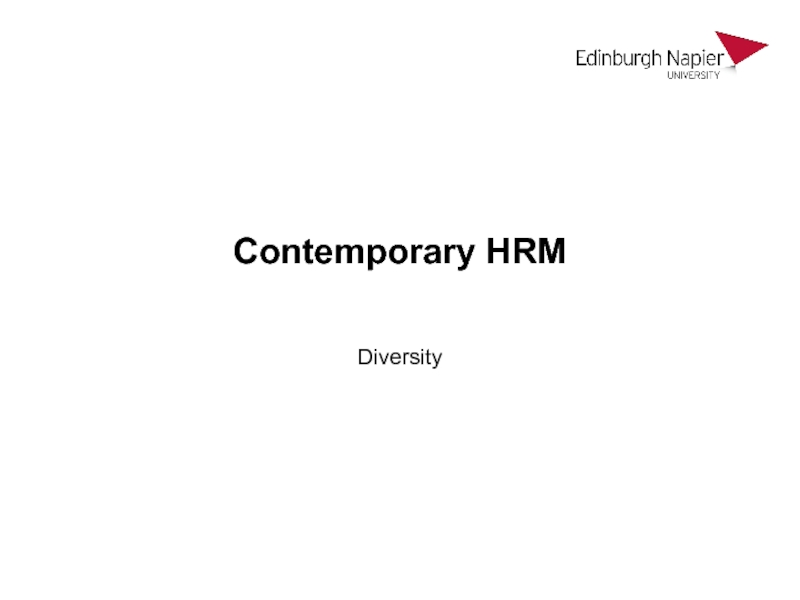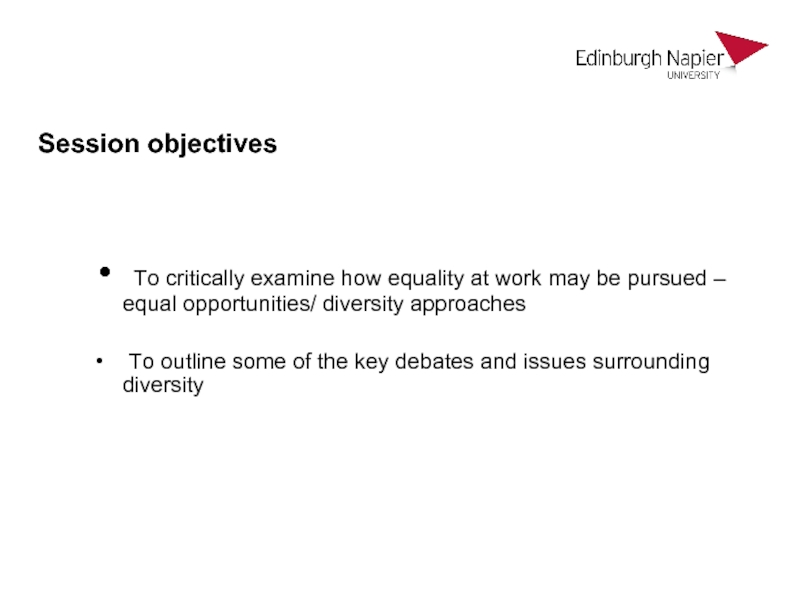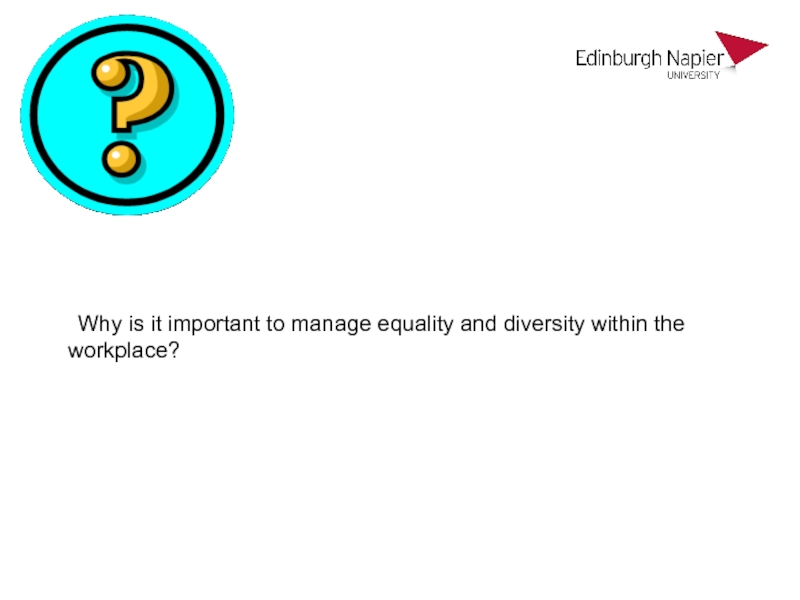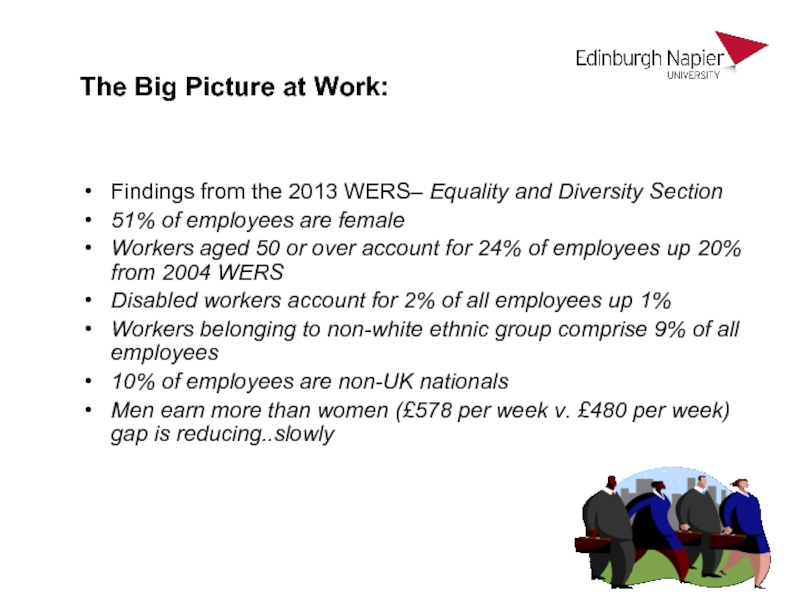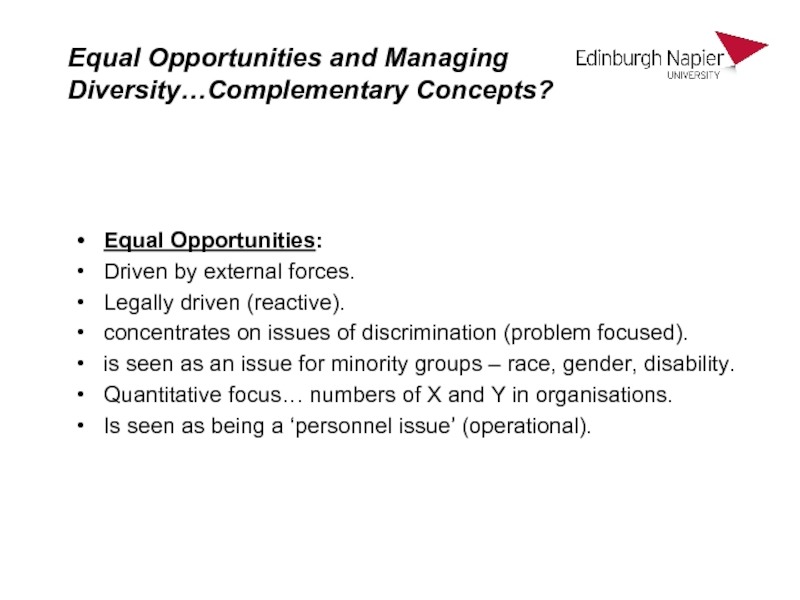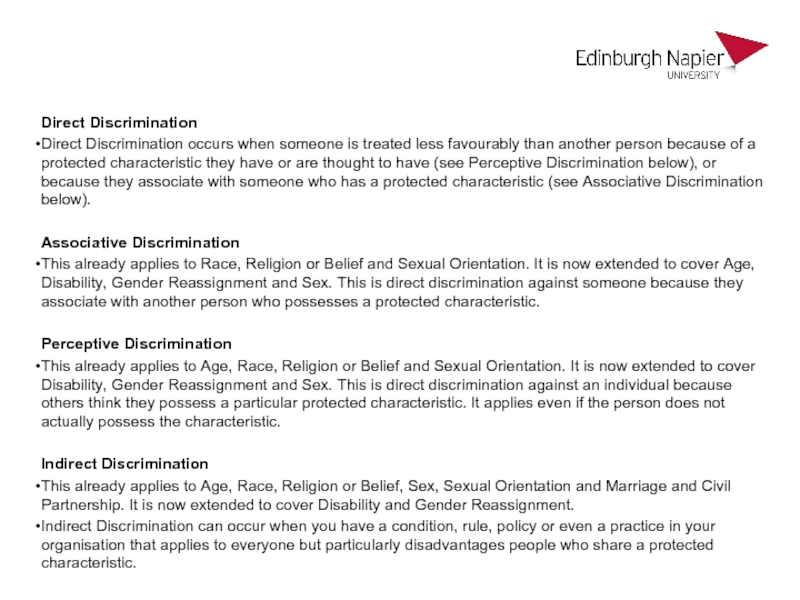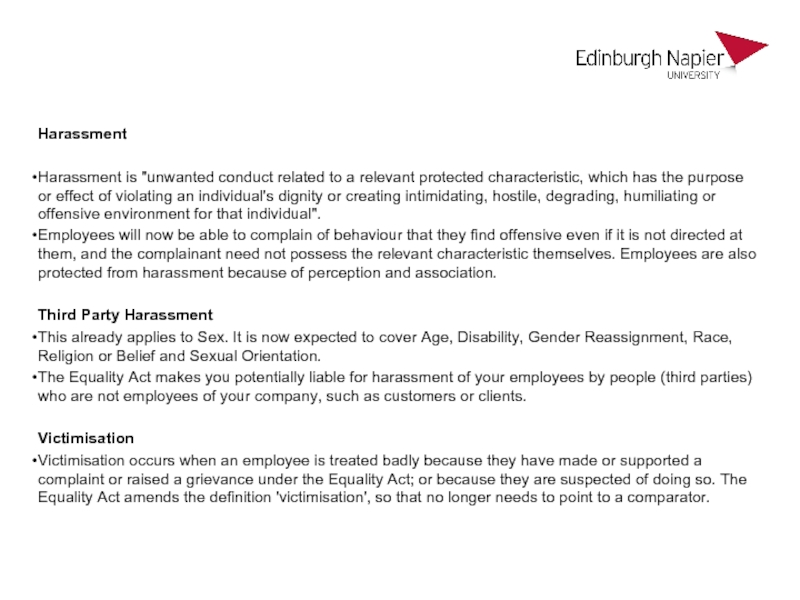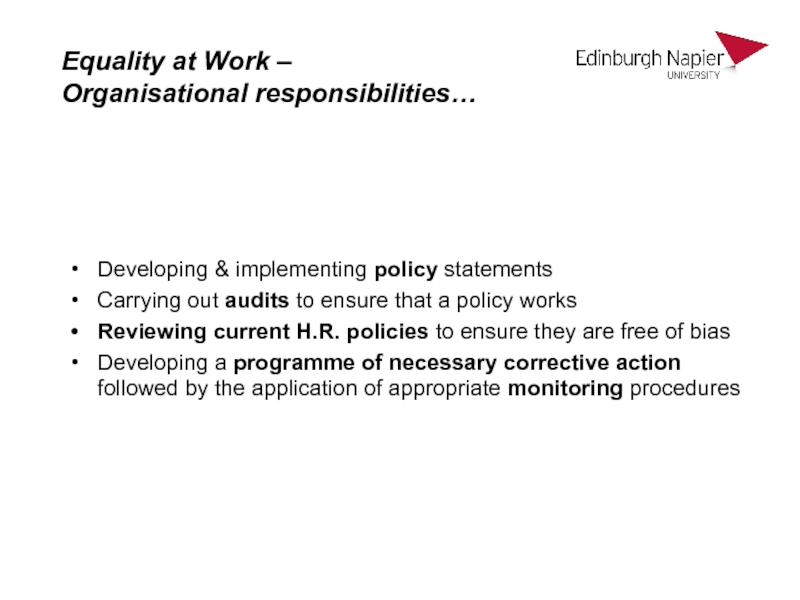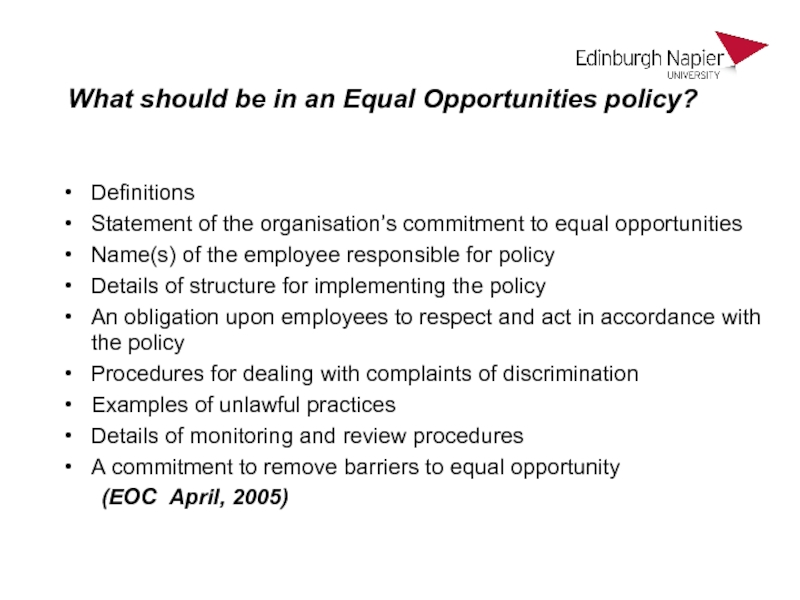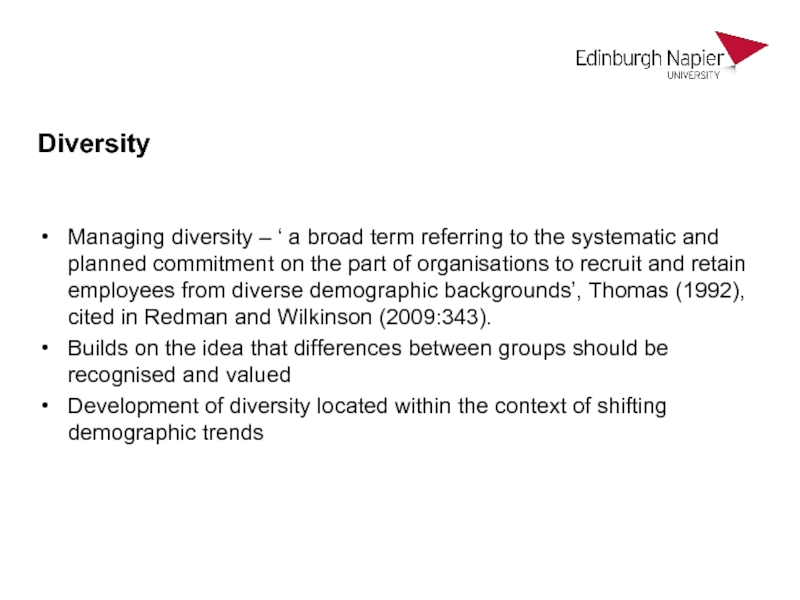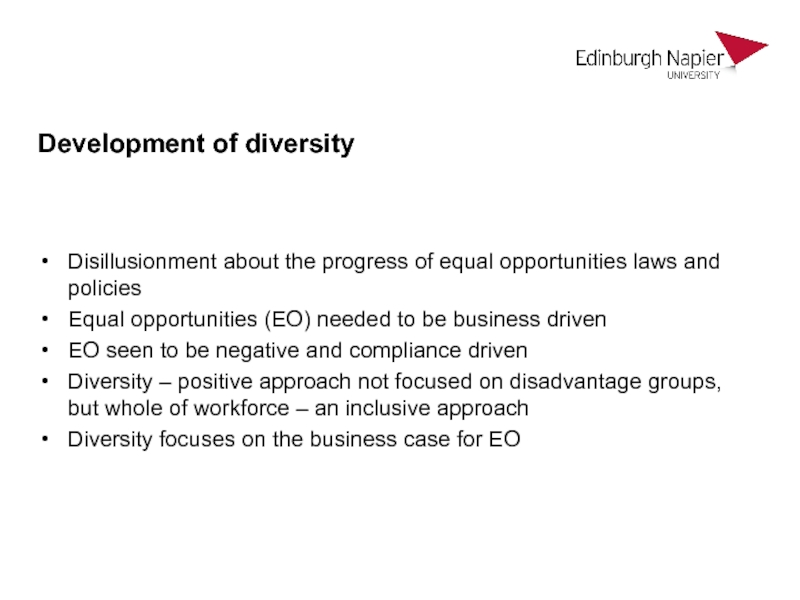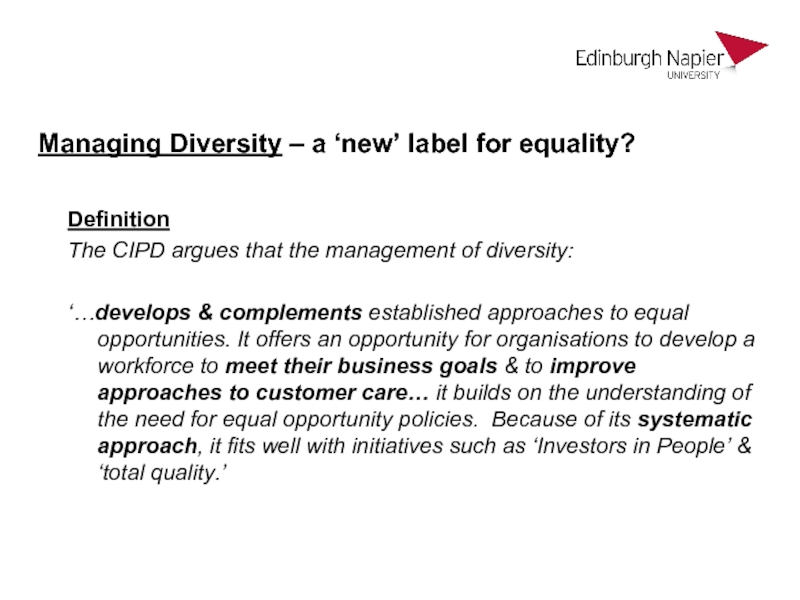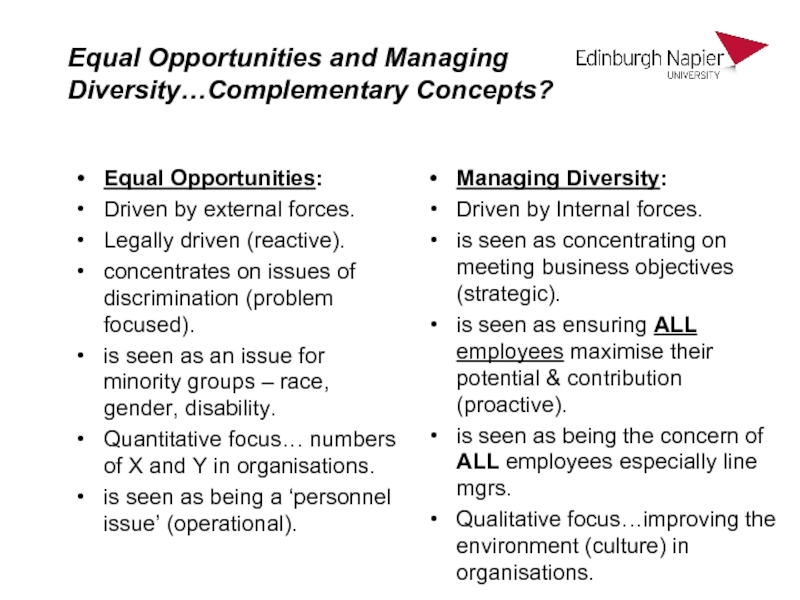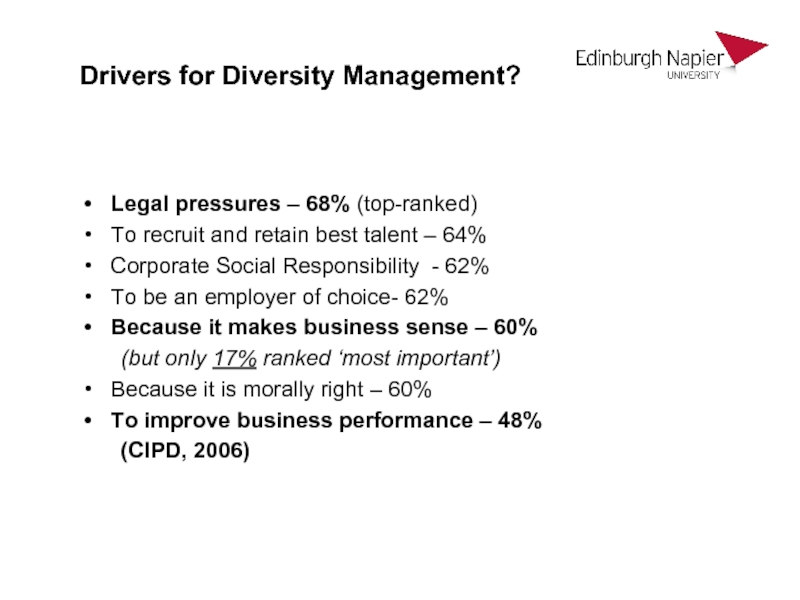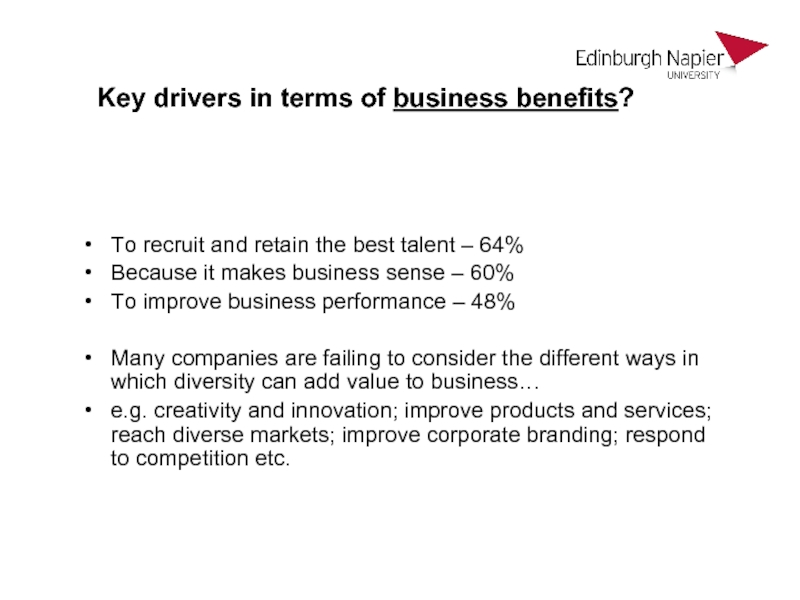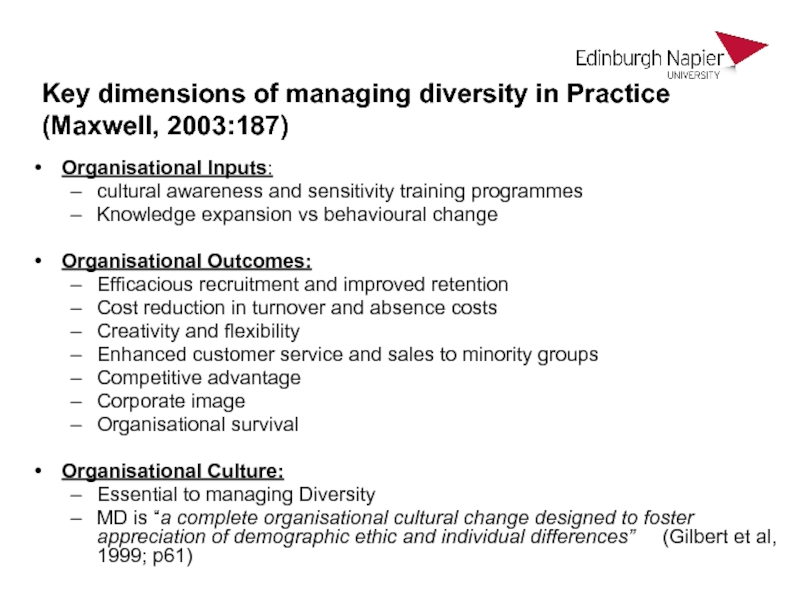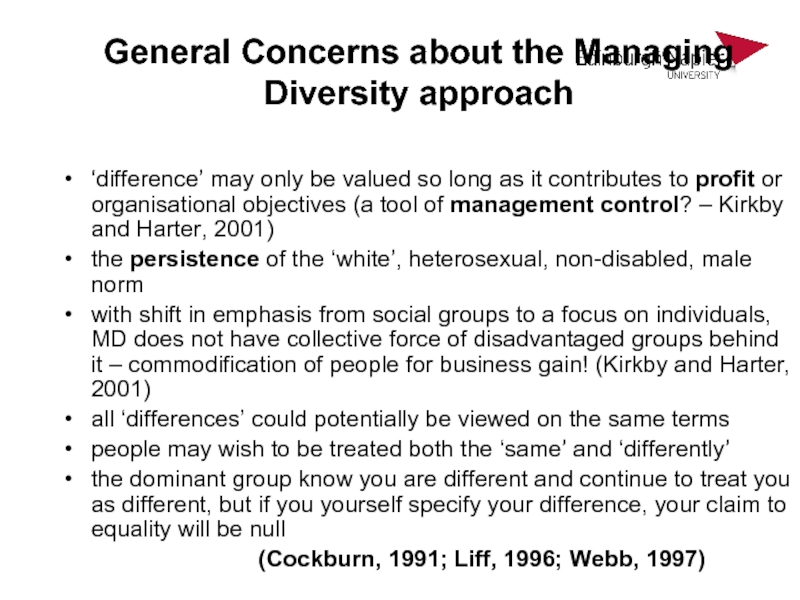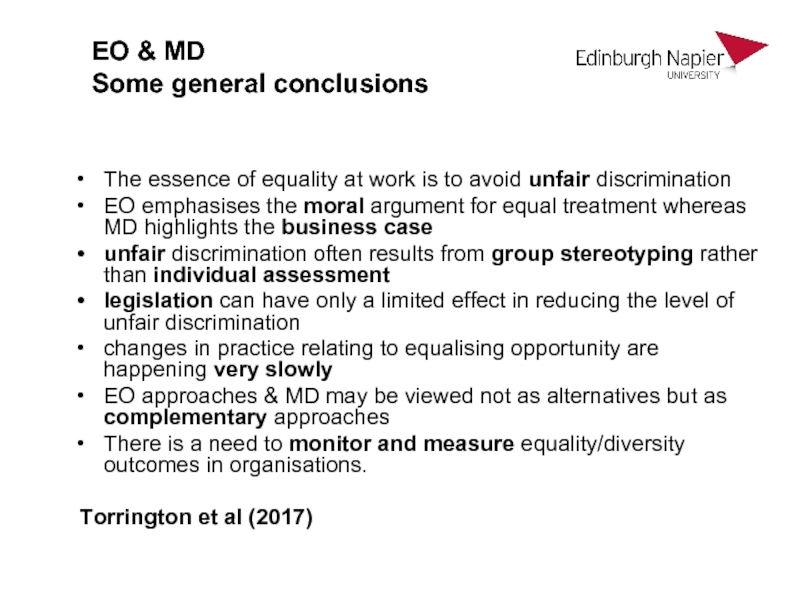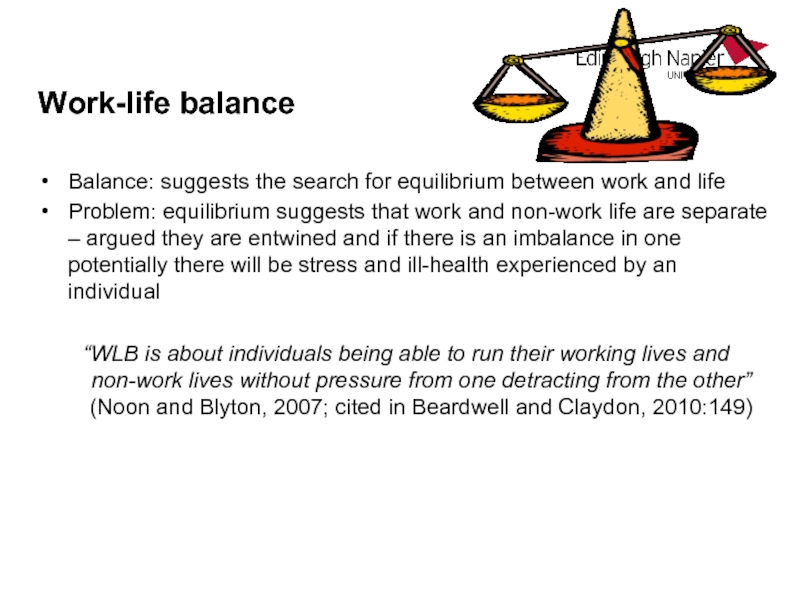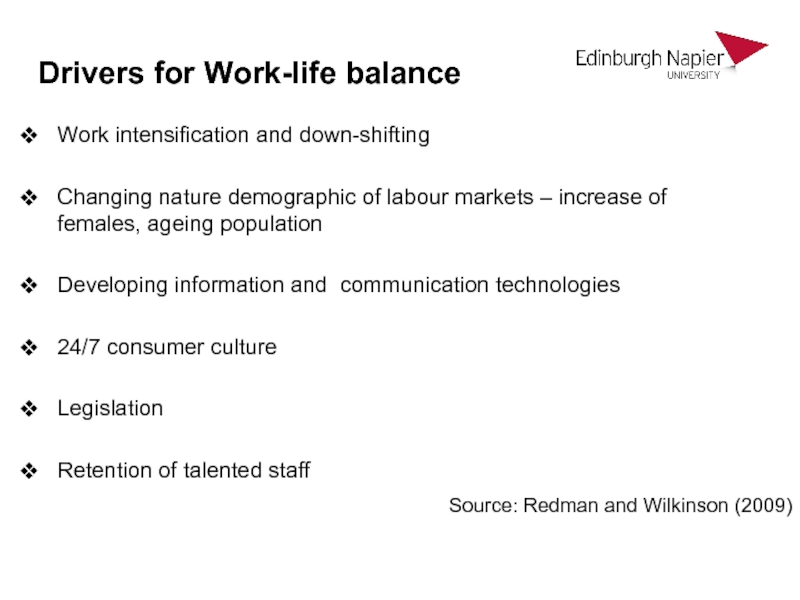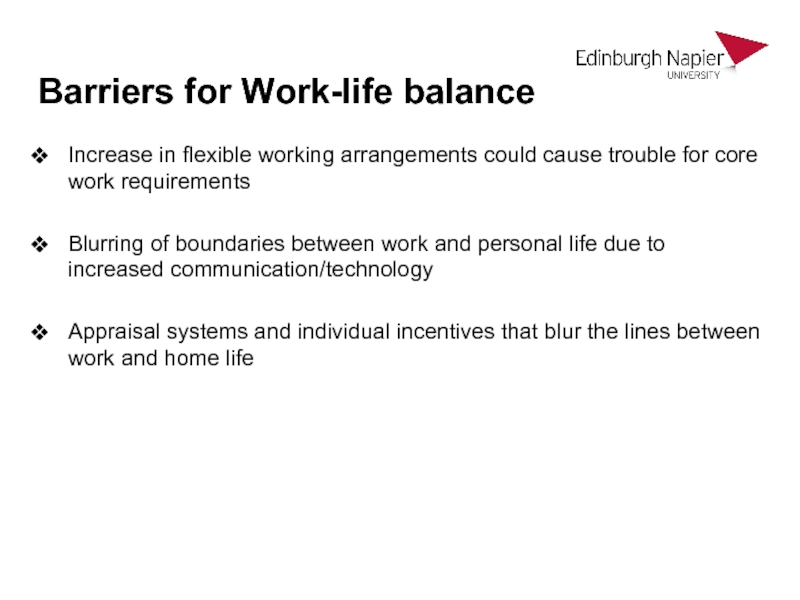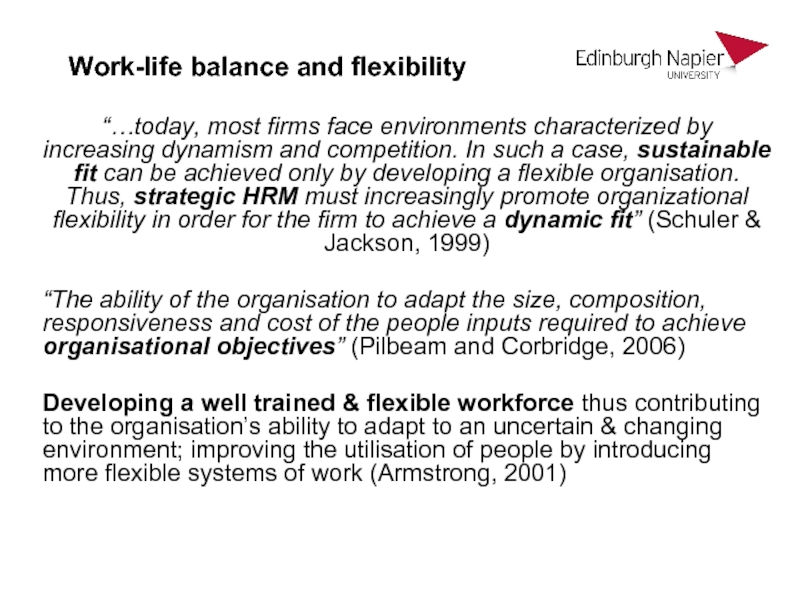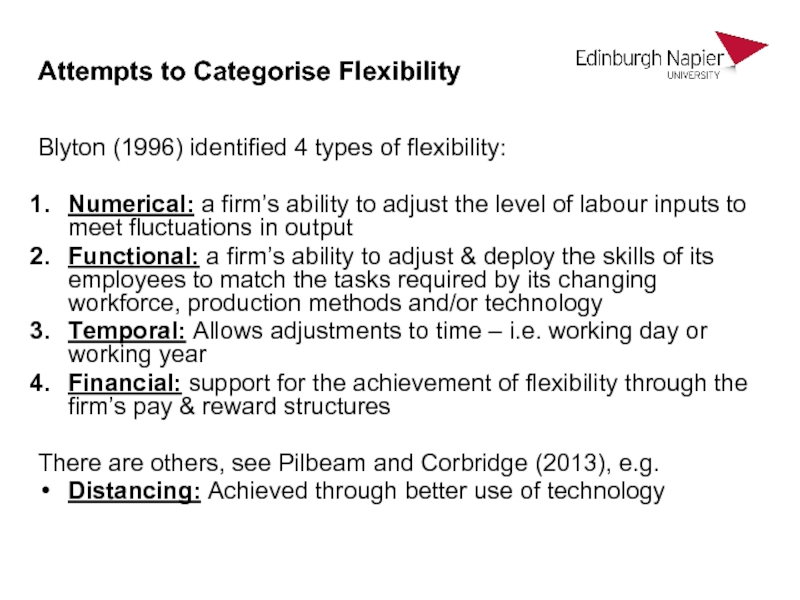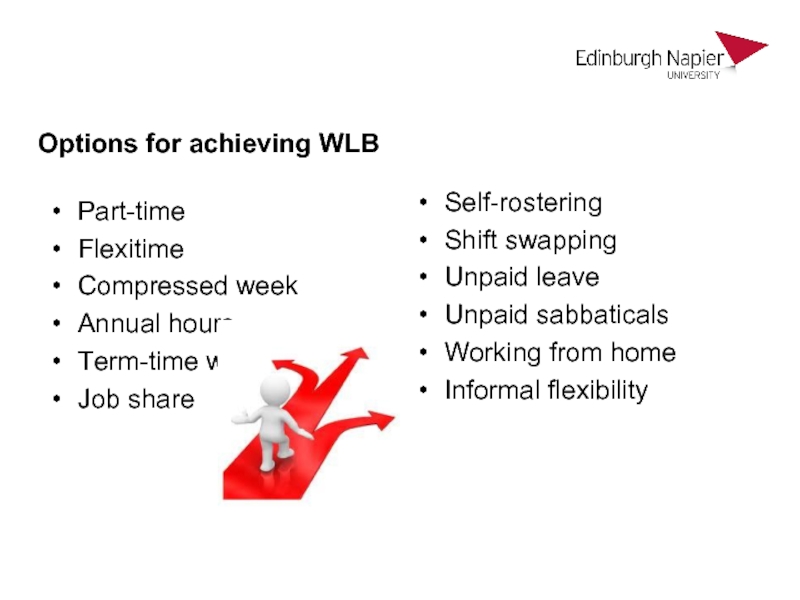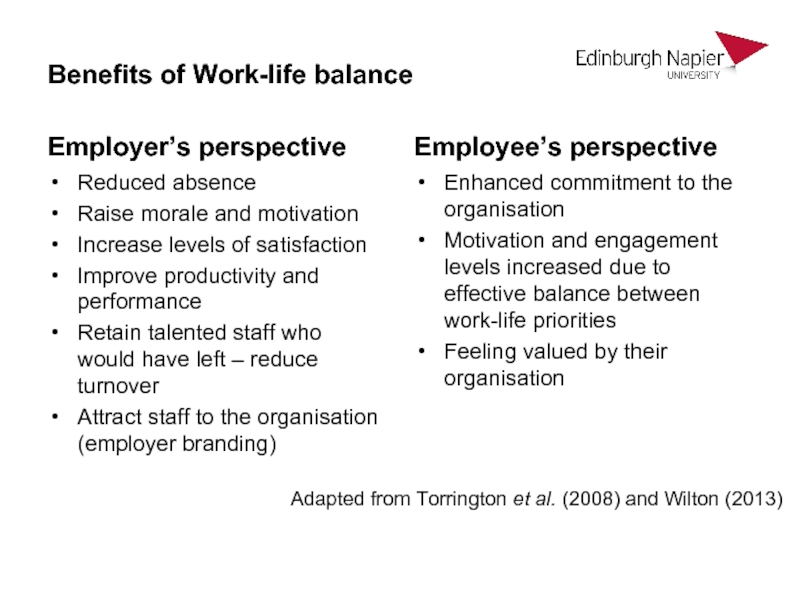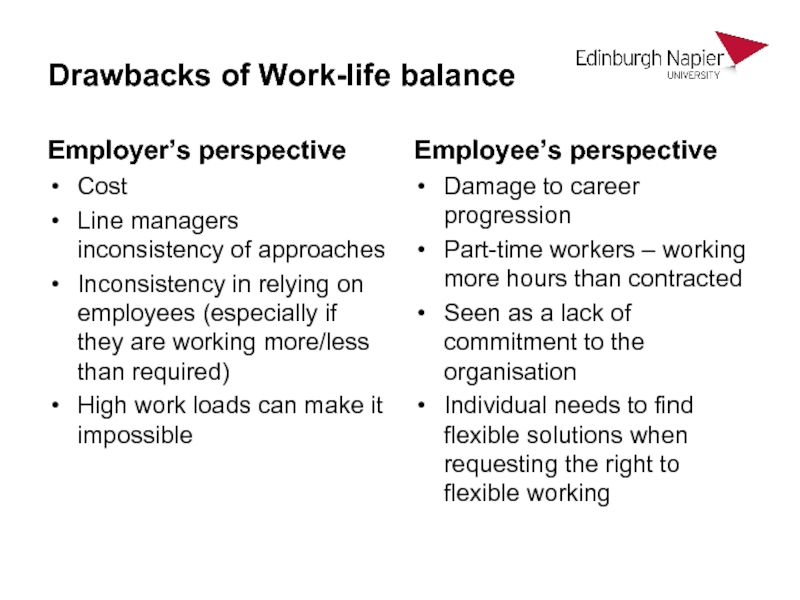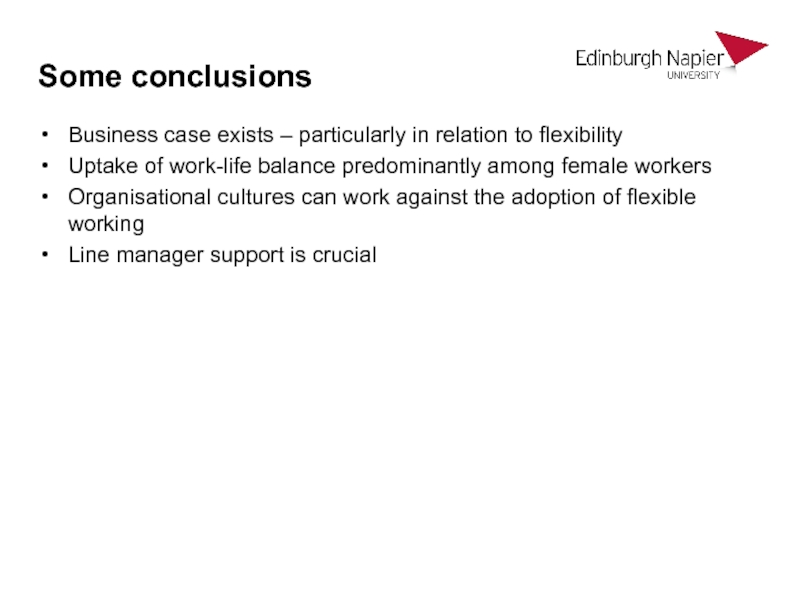- Главная
- Разное
- Дизайн
- Бизнес и предпринимательство
- Аналитика
- Образование
- Развлечения
- Красота и здоровье
- Финансы
- Государство
- Путешествия
- Спорт
- Недвижимость
- Армия
- Графика
- Культурология
- Еда и кулинария
- Лингвистика
- Английский язык
- Астрономия
- Алгебра
- Биология
- География
- Детские презентации
- Информатика
- История
- Литература
- Маркетинг
- Математика
- Медицина
- Менеджмент
- Музыка
- МХК
- Немецкий язык
- ОБЖ
- Обществознание
- Окружающий мир
- Педагогика
- Русский язык
- Технология
- Физика
- Философия
- Химия
- Шаблоны, картинки для презентаций
- Экология
- Экономика
- Юриспруденция
Contemporary HRM. Diversity презентация
Содержание
- 1. Contemporary HRM. Diversity
- 2. Session objectives To critically examine how
- 3. Why is
- 4. The Big Picture at Work: Findings from
- 5. Different Approaches to Equality 1. Equal Opportunities
- 6. Equal Opportunities and Managing Diversity…Complementary Concepts?
- 7. Direct Discrimination Direct Discrimination occurs when someone
- 8. Harassment Harassment is "unwanted conduct related
- 9. Equality at Work – Organisational responsibilities…
- 10. What should be in an Equal Opportunities
- 11. Diversity Managing diversity – ‘ a broad
- 12. Development of diversity Disillusionment about the progress
- 13. Managing Diversity – a ‘new’ label for
- 14. Equal Opportunities and Managing Diversity…Complementary Concepts? Equal
- 15. Drivers for Diversity Management? Legal pressures –
- 16. Key drivers in terms of business benefits?
- 17. Key dimensions of managing diversity in Practice
- 18. General Concerns about the Managing Diversity approach
- 19. EO & MD Some general conclusions
- 20. Work-life balance Balance: suggests the search
- 21. Drivers for Work-life balance Work intensification and
- 22. Barriers for Work-life balance Increase in flexible
- 23. Work-life balance and flexibility “…today, most firms
- 24. Attempts to Categorise Flexibility Blyton (1996)
- 25. Options for achieving WLB Part-time
- 26. Benefits of Work-life balance Employer’s perspective Reduced
- 27. Drawbacks of Work-life balance Employer’s perspective Cost
- 28. Some conclusions Business case exists – particularly
Слайд 2Session objectives
To critically examine how equality at work may be
To outline some of the key debates and issues surrounding diversity
Слайд 4The Big Picture at Work:
Findings from the 2013 WERS– Equality and
51% of employees are female
Workers aged 50 or over account for 24% of employees up 20% from 2004 WERS
Disabled workers account for 2% of all employees up 1%
Workers belonging to non-white ethnic group comprise 9% of all employees
10% of employees are non-UK nationals
Men earn more than women (£578 per week v. £480 per week) gap is reducing..slowly
Слайд 5Different Approaches to Equality
1. Equal Opportunities or Liberal approach or Equal
This approach supports legislative action. Legal framework, if used effectively, is sufficient for alleviating discrimination. Positive action
2. Managing Diversity approaches
Legislation is not enough. Attempt to change attitudes, preconceptions and eradicate stereotypes and prejudice. People are valued as individuals.
3. Radical approach or Equal Outcomes approach
Positive or reverse discrimination necessary - need to create level playing field. Lawful in US but unlawful in the UK
Слайд 6Equal Opportunities and Managing Diversity…Complementary Concepts?
Equal Opportunities:
Driven by external forces.
Legally
concentrates on issues of discrimination (problem focused).
is seen as an issue for minority groups – race, gender, disability.
Quantitative focus… numbers of X and Y in organisations.
Is seen as being a ‘personnel issue’ (operational).
Слайд 7Direct Discrimination
Direct Discrimination occurs when someone is treated less favourably than
Associative Discrimination
This already applies to Race, Religion or Belief and Sexual Orientation. It is now extended to cover Age, Disability, Gender Reassignment and Sex. This is direct discrimination against someone because they associate with another person who possesses a protected characteristic.
Perceptive Discrimination
This already applies to Age, Race, Religion or Belief and Sexual Orientation. It is now extended to cover Disability, Gender Reassignment and Sex. This is direct discrimination against an individual because others think they possess a particular protected characteristic. It applies even if the person does not actually possess the characteristic.
Indirect Discrimination
This already applies to Age, Race, Religion or Belief, Sex, Sexual Orientation and Marriage and Civil Partnership. It is now extended to cover Disability and Gender Reassignment.
Indirect Discrimination can occur when you have a condition, rule, policy or even a practice in your organisation that applies to everyone but particularly disadvantages people who share a protected characteristic.
Слайд 8Harassment
Harassment is "unwanted conduct related to a relevant protected characteristic, which
Employees will now be able to complain of behaviour that they find offensive even if it is not directed at them, and the complainant need not possess the relevant characteristic themselves. Employees are also protected from harassment because of perception and association.
Third Party Harassment
This already applies to Sex. It is now expected to cover Age, Disability, Gender Reassignment, Race, Religion or Belief and Sexual Orientation.
The Equality Act makes you potentially liable for harassment of your employees by people (third parties) who are not employees of your company, such as customers or clients.
Victimisation
Victimisation occurs when an employee is treated badly because they have made or supported a complaint or raised a grievance under the Equality Act; or because they are suspected of doing so. The Equality Act amends the definition 'victimisation', so that no longer needs to point to a comparator.
Слайд 9Equality at Work –
Organisational responsibilities…
Developing & implementing policy statements
Carrying out
Reviewing current H.R. policies to ensure they are free of bias
Developing a programme of necessary corrective action followed by the application of appropriate monitoring procedures
Слайд 10What should be in an Equal Opportunities policy?
Definitions
Statement of the
Name(s) of the employee responsible for policy
Details of structure for implementing the policy
An obligation upon employees to respect and act in accordance with the policy
Procedures for dealing with complaints of discrimination
Examples of unlawful practices
Details of monitoring and review procedures
A commitment to remove barriers to equal opportunity
(EOC April, 2005)
Слайд 11Diversity
Managing diversity – ‘ a broad term referring to the systematic
Builds on the idea that differences between groups should be recognised and valued
Development of diversity located within the context of shifting demographic trends
Слайд 12Development of diversity
Disillusionment about the progress of equal opportunities laws and
Equal opportunities (EO) needed to be business driven
EO seen to be negative and compliance driven
Diversity – positive approach not focused on disadvantage groups, but whole of workforce – an inclusive approach
Diversity focuses on the business case for EO
Слайд 13Managing Diversity – a ‘new’ label for equality?
Definition
The CIPD argues that
‘…develops & complements established approaches to equal opportunities. It offers an opportunity for organisations to develop a workforce to meet their business goals & to improve approaches to customer care… it builds on the understanding of the need for equal opportunity policies. Because of its systematic approach, it fits well with initiatives such as ‘Investors in People’ & ‘total quality.’
Слайд 14Equal Opportunities and Managing Diversity…Complementary Concepts?
Equal Opportunities:
Driven by external forces.
Legally
concentrates on issues of discrimination (problem focused).
is seen as an issue for minority groups – race, gender, disability.
Quantitative focus… numbers of X and Y in organisations.
is seen as being a ‘personnel issue’ (operational).
Managing Diversity:
Driven by Internal forces.
is seen as concentrating on meeting business objectives (strategic).
is seen as ensuring ALL employees maximise their potential & contribution (proactive).
is seen as being the concern of ALL employees especially line mgrs.
Qualitative focus…improving the environment (culture) in organisations.
Слайд 15Drivers for Diversity Management?
Legal pressures – 68% (top-ranked)
To recruit and retain
Corporate Social Responsibility - 62%
To be an employer of choice- 62%
Because it makes business sense – 60%
(but only 17% ranked ‘most important’)
Because it is morally right – 60%
To improve business performance – 48%
(CIPD, 2006)
Слайд 16Key drivers in terms of business benefits?
To recruit and retain the
Because it makes business sense – 60%
To improve business performance – 48%
Many companies are failing to consider the different ways in which diversity can add value to business…
e.g. creativity and innovation; improve products and services; reach diverse markets; improve corporate branding; respond to competition etc.
Слайд 17Key dimensions of managing diversity in Practice (Maxwell, 2003:187)
Organisational Inputs:
cultural
Knowledge expansion vs behavioural change
Organisational Outcomes:
Efficacious recruitment and improved retention
Cost reduction in turnover and absence costs
Creativity and flexibility
Enhanced customer service and sales to minority groups
Competitive advantage
Corporate image
Organisational survival
Organisational Culture:
Essential to managing Diversity
MD is “a complete organisational cultural change designed to foster appreciation of demographic ethic and individual differences” (Gilbert et al, 1999; p61)
Слайд 18General Concerns about the Managing Diversity approach
‘difference’ may only be valued
the persistence of the ‘white’, heterosexual, non-disabled, male norm
with shift in emphasis from social groups to a focus on individuals, MD does not have collective force of disadvantaged groups behind it – commodification of people for business gain! (Kirkby and Harter, 2001)
all ‘differences’ could potentially be viewed on the same terms
people may wish to be treated both the ‘same’ and ‘differently’
the dominant group know you are different and continue to treat you as different, but if you yourself specify your difference, your claim to equality will be null
(Cockburn, 1991; Liff, 1996; Webb, 1997)
Слайд 19EO & MD
Some general conclusions
The essence of equality at work
EO emphasises the moral argument for equal treatment whereas MD highlights the business case
unfair discrimination often results from group stereotyping rather than individual assessment
legislation can have only a limited effect in reducing the level of unfair discrimination
changes in practice relating to equalising opportunity are happening very slowly
EO approaches & MD may be viewed not as alternatives but as complementary approaches
There is a need to monitor and measure equality/diversity outcomes in organisations.
Torrington et al (2017)
Слайд 20Work-life balance
Balance: suggests the search for equilibrium between work and life
Problem:
“WLB is about individuals being able to run their working lives and non-work lives without pressure from one detracting from the other” (Noon and Blyton, 2007; cited in Beardwell and Claydon, 2010:149)
Слайд 21Drivers for Work-life balance
Work intensification and down-shifting
Changing nature demographic of
Developing information and communication technologies
24/7 consumer culture
Legislation
Retention of talented staff
Source: Redman and Wilkinson (2009)
Слайд 22Barriers for Work-life balance
Increase in flexible working arrangements could cause trouble
Blurring of boundaries between work and personal life due to increased communication/technology
Appraisal systems and individual incentives that blur the lines between work and home life
Слайд 23Work-life balance and flexibility
“…today, most firms face environments characterized by increasing
“The ability of the organisation to adapt the size, composition, responsiveness and cost of the people inputs required to achieve organisational objectives” (Pilbeam and Corbridge, 2006)
Developing a well trained & flexible workforce thus contributing to the organisation’s ability to adapt to an uncertain & changing environment; improving the utilisation of people by introducing more flexible systems of work (Armstrong, 2001)
Слайд 24Attempts to Categorise Flexibility
Blyton (1996) identified 4 types of flexibility:
Numerical:
Functional: a firm’s ability to adjust & deploy the skills of its employees to match the tasks required by its changing workforce, production methods and/or technology
Temporal: Allows adjustments to time – i.e. working day or working year
Financial: support for the achievement of flexibility through the firm’s pay & reward structures
There are others, see Pilbeam and Corbridge (2013), e.g.
Distancing: Achieved through better use of technology
Слайд 25Options for achieving WLB
Part-time
Flexitime
Compressed week
Annual hours
Term-time working
Job share
Self-rostering
Shift swapping
Unpaid leave
Unpaid sabbaticals
Working
Informal flexibility
Слайд 26Benefits of Work-life balance
Employer’s perspective
Reduced absence
Raise morale and motivation
Increase levels of
Improve productivity and performance
Retain talented staff who would have left – reduce turnover
Attract staff to the organisation (employer branding)
Employee’s perspective
Enhanced commitment to the organisation
Motivation and engagement levels increased due to effective balance between work-life priorities
Feeling valued by their organisation
Adapted from Torrington et al. (2008) and Wilton (2013)
Слайд 27Drawbacks of Work-life balance
Employer’s perspective
Cost
Line managers inconsistency of approaches
Inconsistency in
High work loads can make it impossible
Employee’s perspective
Damage to career progression
Part-time workers – working more hours than contracted
Seen as a lack of commitment to the organisation
Individual needs to find flexible solutions when requesting the right to flexible working
Слайд 28Some conclusions
Business case exists – particularly in relation to flexibility
Uptake of
Organisational cultures can work against the adoption of flexible working
Line manager support is crucial
